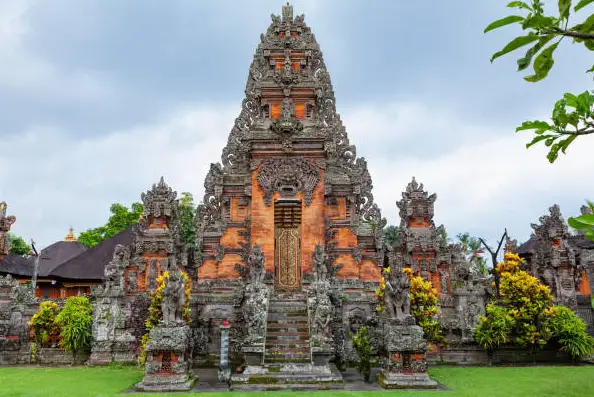Are there any specific cultural customs or dress codes when visiting indigenous tribes?
Post ByAdequate Travel
Summary
When traveling to a foreign land, cultural customs and dress codes should always be respected. When visiting indigenous tribes, it is particularly important to be mindful of traditional customs and observe dress codes to show respect for the people and their culture. In this blog, we'll take a look at what to expect when interacting with indigenous tribes. It's essential to stay updated with international travel information, especially when planning a foreign trip, to navigate any changes in travel advisory or travel warnings.Cultural Customs and Dress Codes when Visiting Indigenous Tribes
When visiting indigenous tribes, it is essential to respect their cultural customs and adhere to any dress codes they may have. Here are some specific customs and dress codes to keep in mind:
1. Research and Educate Yourself
Before visiting an indigenous tribe, it is crucial to research and educate yourself about their customs, traditions, and beliefs. This will help you understand their way of life and avoid inadvertently disrespecting their culture.
2. Seek Permission
It is essential to seek permission from the tribal community before visiting their village or participating in any cultural events. This demonstrates respect for their sovereignty and allows them to maintain control over their traditions.
3. Dress Modestly and Appropriately
When visiting indigenous tribes, it is often expected to dress modestly and appropriately. This means avoiding revealing clothing or attire that may be seen as disrespectful or offensive to their cultural norms.
4. Avoid Wearing Traditional Attire
While it may be tempting to dress up in traditional indigenous clothing as a way to show interest or appreciation, it is generally advisable to refrain from doing so. Wearing traditional attire without proper understanding or permission can be seen as cultural appropriation.
5. Remove Shoes or Follow Footwear Etiquette
In some indigenous tribes, it is customary to remove your shoes before entering a house or sacred area. Others may have specific footwear customs or expectations. It is important to observe and follow these practices to show respect to the tribe's cultural traditions.
6. Abide by Photography Rules
Many indigenous tribes have specific rules regarding photography. Some may prohibit capturing photos altogether, while others may allow it only under certain circumstances. Always ask for permission before taking photos and respect their guidelines.
7. Learn Basic Greetings and Phrases
Learning and using basic greetings and phrases in the local language shows respect and interest in the tribe's culture. This effort to communicate in their language can create a positive and welcoming environment during your visit.
8. Be Observant and Listen
When visiting indigenous tribes, it is crucial to be observant and listen attentively. Pay attention to their customs, social cues, and instructions provided by community members or guides. This will help you navigate their cultural expectations with sensitivity.
Examples:
Example 1:
Example 2:
Example 3:
Suggested Questions
- Bole Medhane Alem Church, Addis Ababa: Horror Story, History & Paranomial Activities
- Harar Jugol, Harar: Horror Story, History & Paranomial Activities
- Yaya Village, Sululta: Horror Story, History & Paranomial Activities
- Addis Ababa Stadium, Addis Ababa: Horror Story, History & Paranomial Activities
- Wenchifo Monastery, Lalibela: Horror Story, History & Paranomial Activities
- Blue Nile Falls, Amhara Region: Horror Story, History & Paranomial Activities







